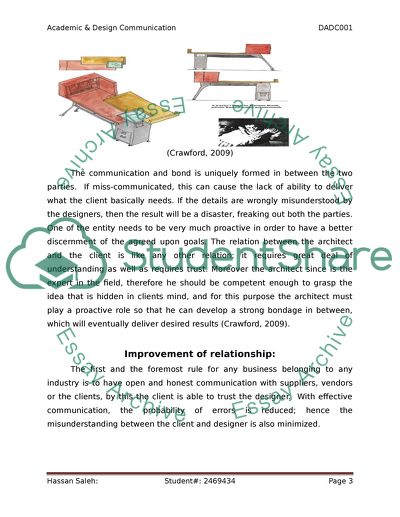Cite this document
(“Academic and Design Communication Essay Example | Topics and Well Written Essays - 1250 words - 2”, n.d.)
Retrieved from https://studentshare.org/design-technology/1423943-essay
Retrieved from https://studentshare.org/design-technology/1423943-essay
(Academic and Design Communication Essay Example | Topics and Well Written Essays - 1250 Words - 2)
https://studentshare.org/design-technology/1423943-essay.
https://studentshare.org/design-technology/1423943-essay.
“Academic and Design Communication Essay Example | Topics and Well Written Essays - 1250 Words - 2”, n.d. https://studentshare.org/design-technology/1423943-essay.


